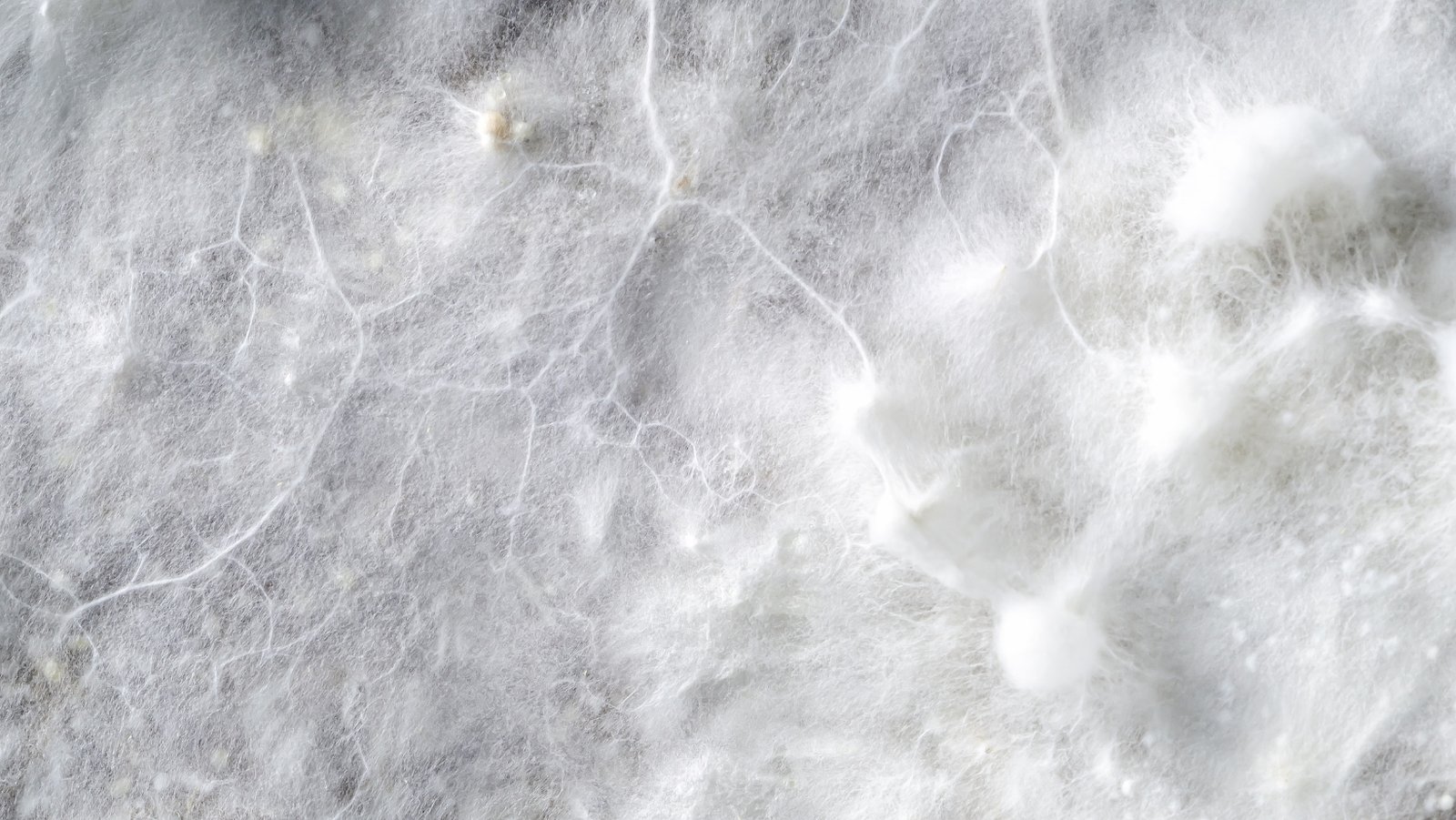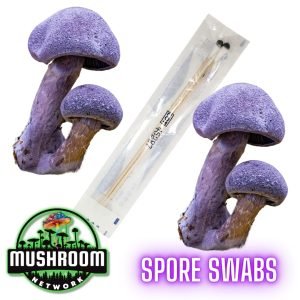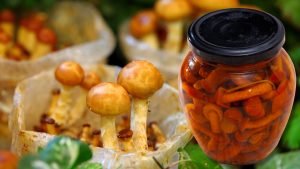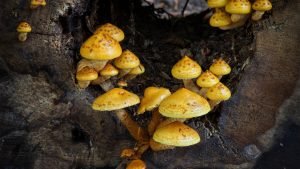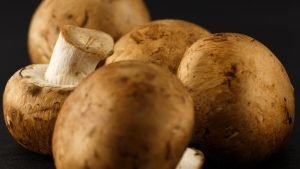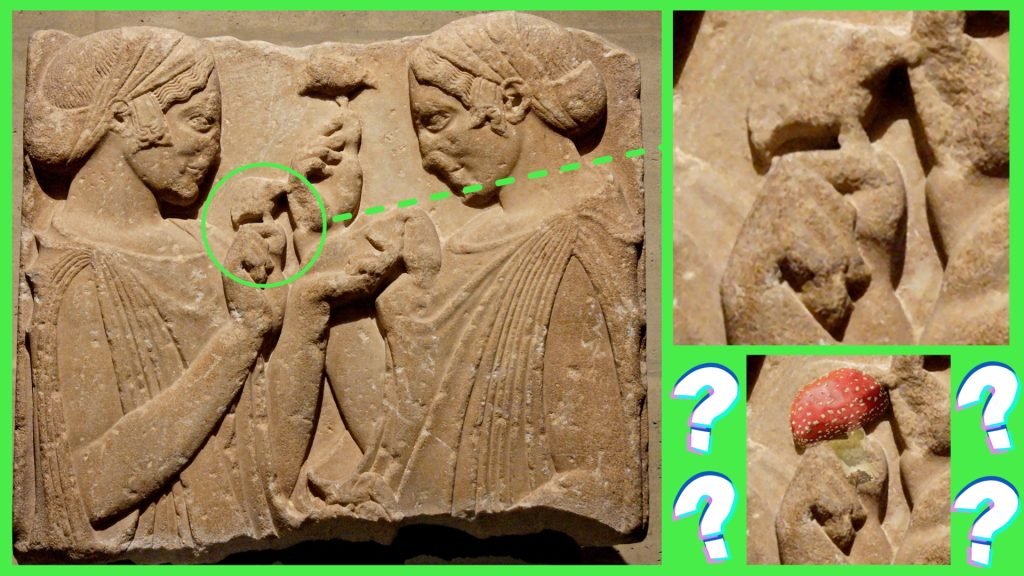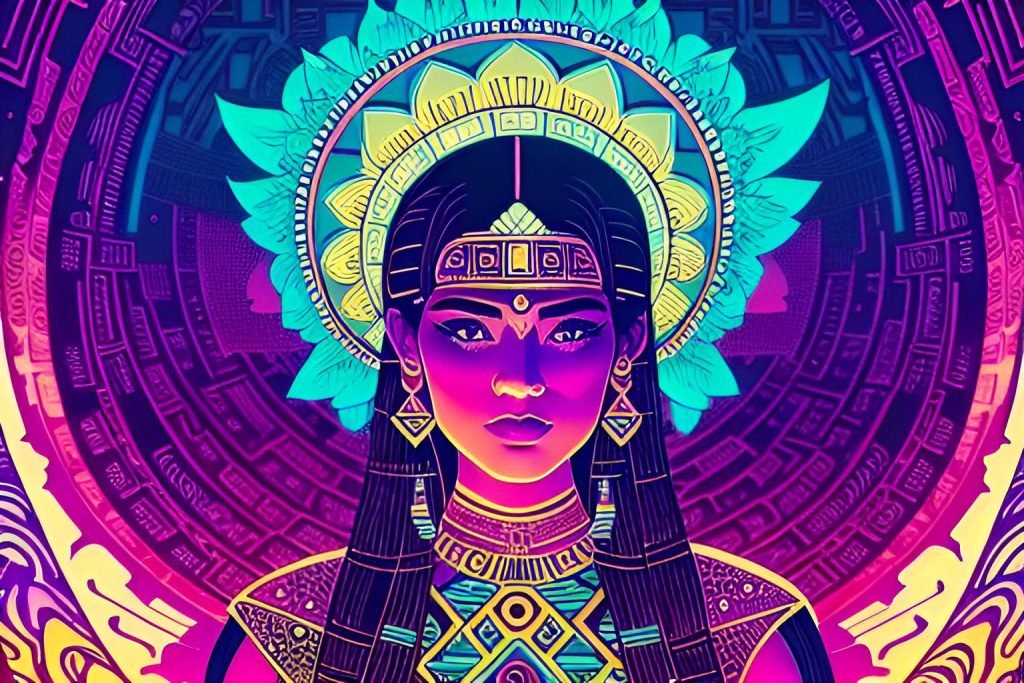Amidst the forest’s leaf litter, beneath the damp logs, and coursing through the soil lies an intricate, invisible network: the mycelium. Often overshadowed by their more conspicuous fruiting bodies – the mushrooms – mycelium remains the unsung hero of fungal life. Journey with us as we delve “Beyond the Cap and Stipe” to unravel the fascinating, complex world of mycelium and its critical ecological role.
Mycelium – The Veins of the Fungal World:
While mushrooms steal the limelight with their diverse shapes, sizes, and colors, the real power and reach of a fungus reside in its mycelium. This vegetative part, composed of a network of thin, tubular filaments called hyphae, serves as the fungus’s root system. It traverses the environment in search of nutrients, absorbs water, and facilitates chemical exchanges.
Contrary to the fleeting existence of mushrooms, which sprout, release their spores, and decay within a short timeframe, the mycelium persists, often for many years, growing and branching out in a silent exploration of its surroundings. With its intricate, radial structure and its sheer biomass, the mycelium constitutes the fungal organism’s “body,” which stays out of sight yet deeply intertwined with its ecosystem.
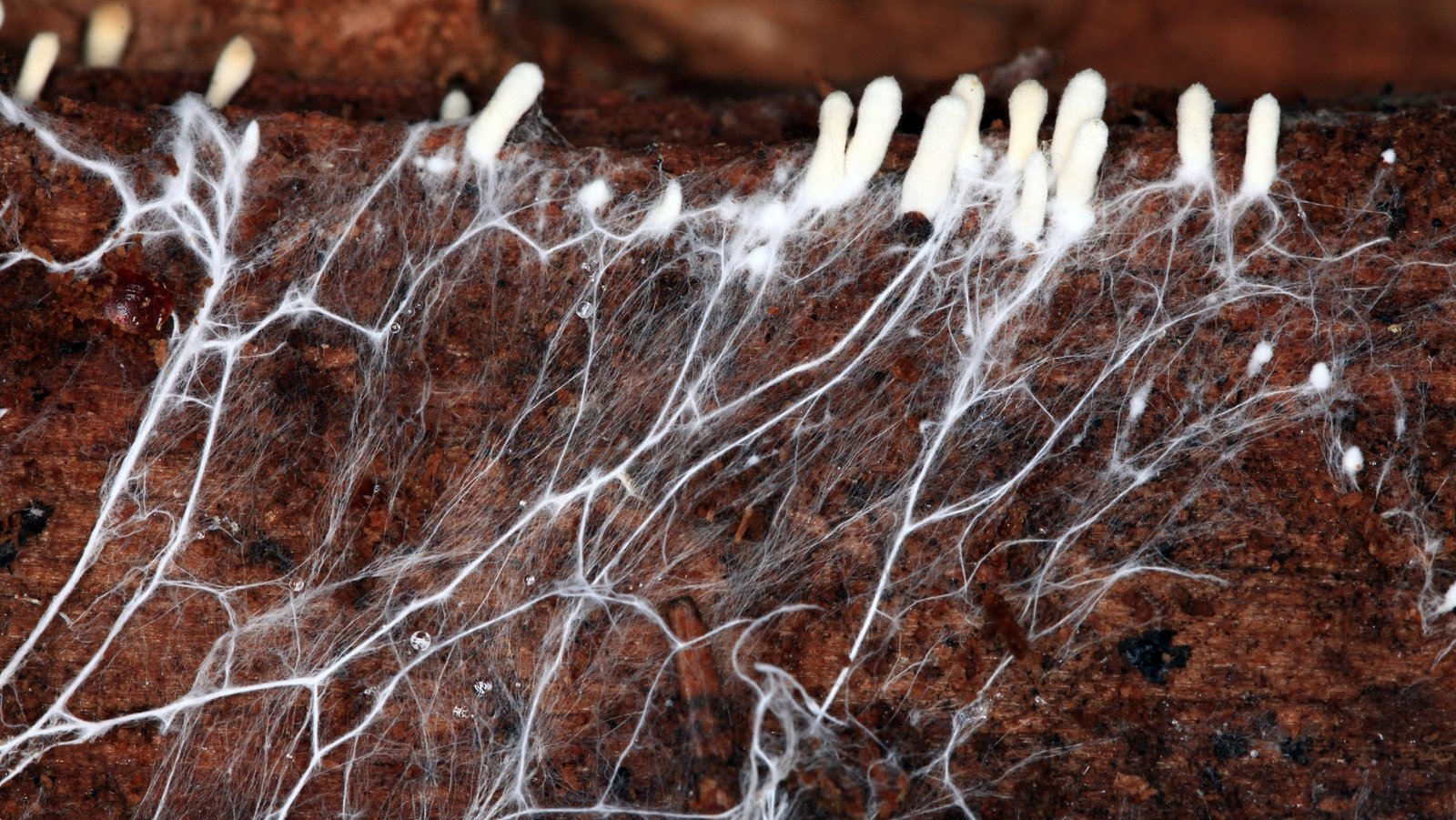
Mycelium Architecture – More than Meets the Eye:
A single cubic inch of soil can contain miles of these microscopic hyphae, weaving together a vast mycelial network. But mycelium is not merely an intricate web; it is a dynamic, responsive structure that adjusts to environmental conditions, obstacles, and resources.
Mycelium displays two main growth patterns: exploratory and consolidative. When a hypha encounters nutrient-rich territory, it switches to a rapid, exploratory growth mode, branching out to colonize the new area. Once nutrients become scarce, the mycelium shifts to a consolidative mode, reinforcing and thickening its established network.

Mycelium and Symbiosis: Nature’s Internet
One of the most remarkable aspects of mycelium is its capacity for symbiosis. Many fungi form mutualistic relationships with plants via their mycelial networks. In these mycorrhizal associations, the mycelium envelops or penetrates plant roots, facilitating nutrient exchange.
This symbiotic relationship extends beyond a simple nutrient trade-off between plant and fungus. The mycelial network can connect multiple plants, creating a “Wood-Wide Web“ that allows the sharing of resources and information across different plant species. Some researchers even suggest that these mycelial networks can help forests react as a cohesive unit to environmental changes.
The universe of mushrooms is expansive, each variant bearing its own unique charm and characteristics. The Marketplace on the 
Mycelium’s Ecological Impact: The Ultimate Recycler
Mycelium plays a critical role in ecosystems as a decomposer, breaking down complex organic materials into simpler compounds that other organisms can utilize. By digesting dead plants and animals, mycelium helps recycle nutrients and plays a vital part in the carbon cycle.
Furthermore, some types of mycelium can break down pollutants and toxins, a property called mycoremediation. Studies suggest that mycelium could help clean contaminated environments, offering promising implications for environmental restoration and sustainability.
Not sure where to start? The 

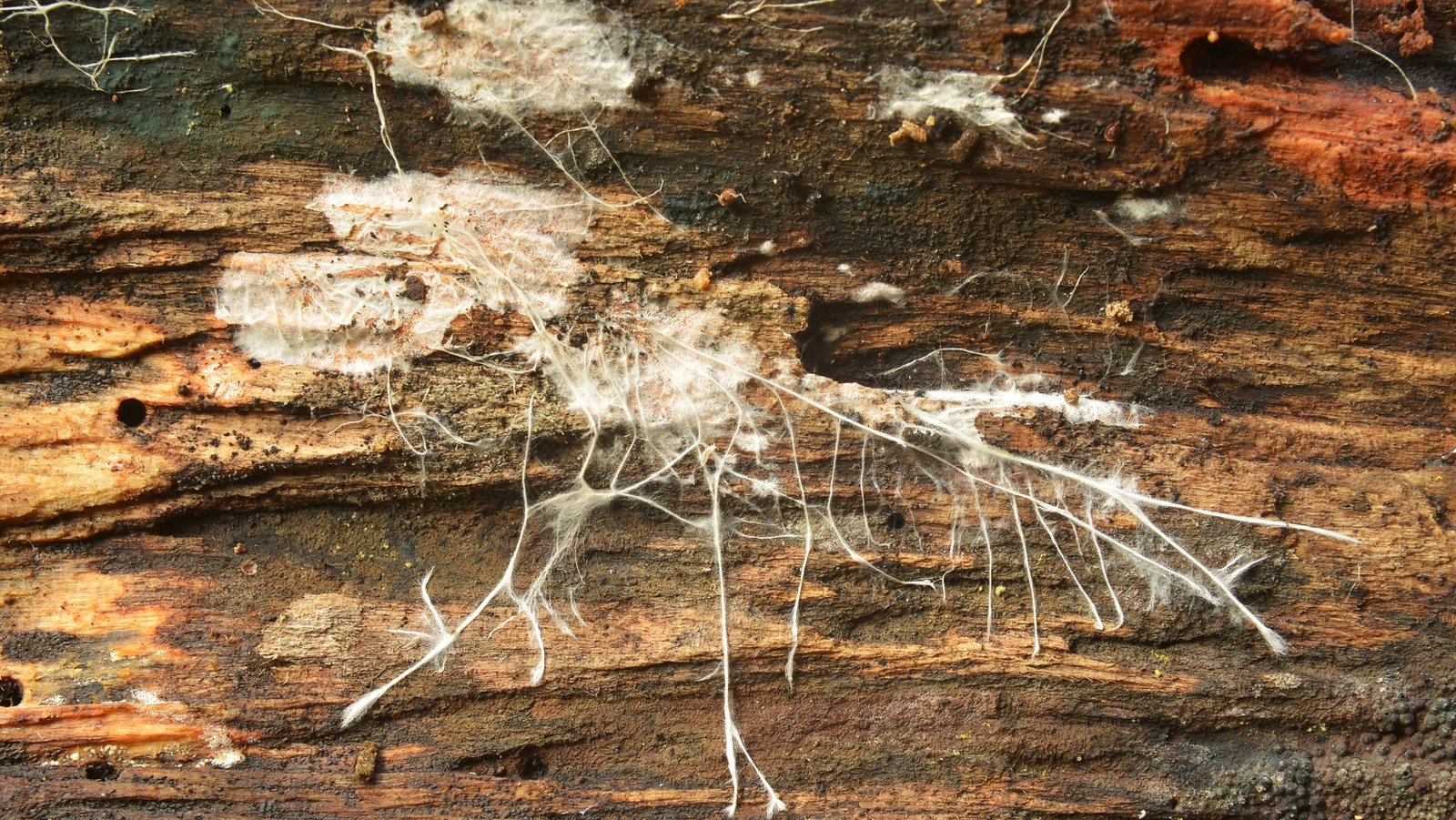
The Unseen Hero: Appreciating Mycelium’s Work
By plunging into the hidden world beneath the cap and stipe, we uncover the vital role mycelium plays in ecosystem functioning, nutrient cycling, and symbiotic relationships. Although mostly unseen, mycelium’s tireless work underpins much of the life and biodiversity we observe on Earth. Through continued study and understanding, we can better appreciate and advocate for the unseen heroes of our ecosystems: the mycelium.
Don’t forget to check out the 

Recommended Reads:
Nameko: Health and Healing: The Medicinal Potential of Nameko Mushrooms
When it comes to the spectrum of medicinal mushrooms, Nameko holds a distinctive place. Treasured...
Read More...Exploring the Culinary & Health Wonders of Pholiota Adiposa
Welcome to the extraordinary world of Pholiota Adiposa, an underrated culinary gem and health enhancer,...
Read More...Nature’s Vegetarian Chicken: The Science Behind the Texture and Flavor
Strolling through the forest, it’s impossible to miss the flamboyant Chicken of the Woods mushroom,...
Read More...Almond Mushroom (Agaricus Subrufescens)
SCIENTIFIC NAME: (Agaricus Subrufescens) COMMON NAME(S): Almond Mushroom | Princess Mushroom | Almond Agaricus |...
Read More...Whoa there, Spore Sport! 

 Subscribe to our YouTube Channel
Subscribe to our YouTube Channel